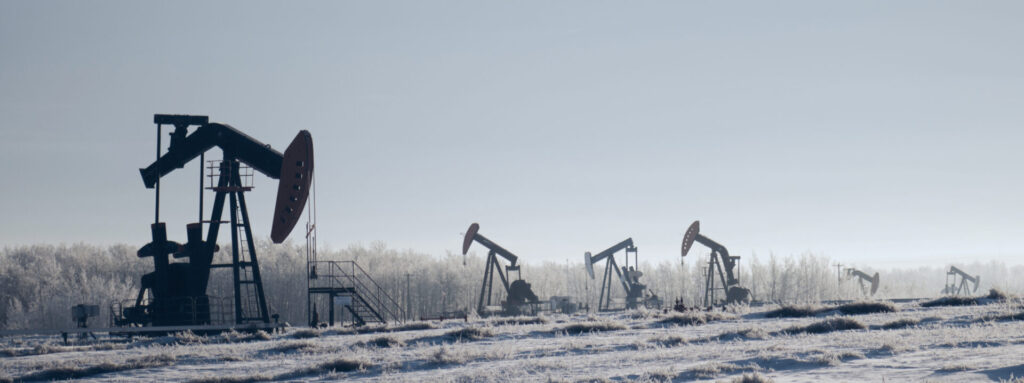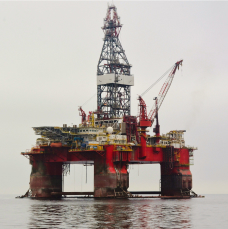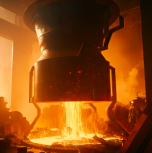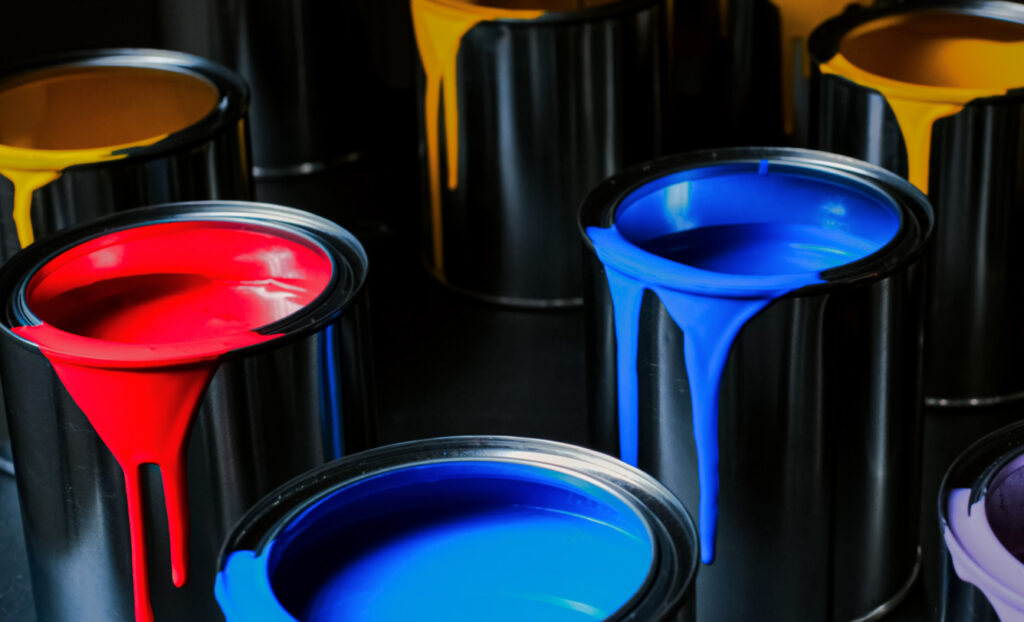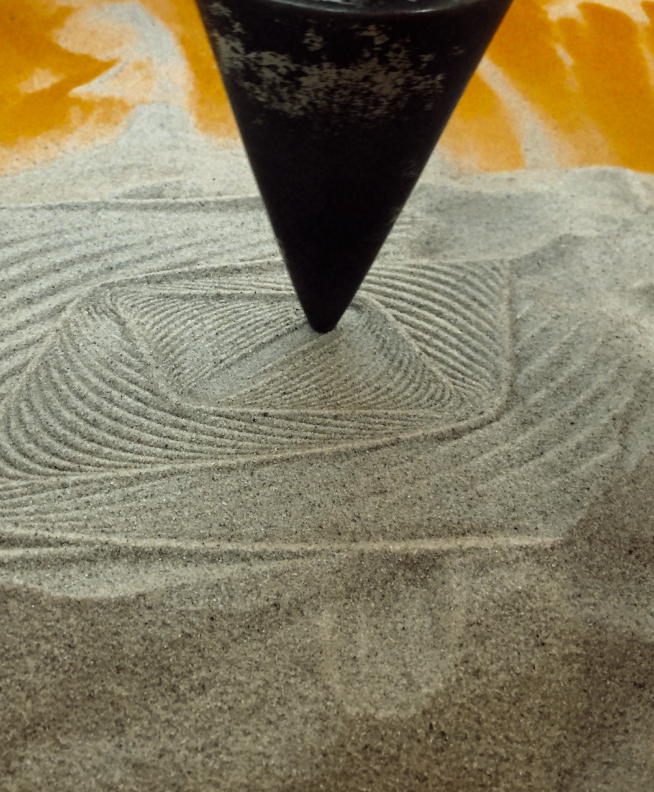Fracking sand, also known as frac sand or proppant sand, serves as the component that keeps hydraulic fractures open after the fracturing fluid is removed, allowing oil and natural gas to flow from the reservoir to the wellbore. This specialized sand must meet strict specifications for size, shape, crush resistance, and chemical composition to perform effectively under extreme downhole conditions.
The hydraulic fracturing process involves pumping millions of gallons of fluid mixed with proppants into underground rock formations at high pressure, creating fractures that extend hundreds of feet from the wellbore. Proppants are small, granular materials—typically sand or engineered ceramics—that serve as the backbone of hydraulic fracturing by literally “propping” open the created fractures. As the pressure is released, these proppants remain in place, propping open the fractures and creating pathways for hydrocarbons to flow. The quality and performance characteristics of these materials directly impact well productivity and long-term recovery rates.
While traditional frac sand dominated the early decades of hydraulic fracturing, the industry has evolved toward engineered alternatives that deliver superior performance under demanding conditions. Advanced ceramic proppants now offer operators enhanced conductivity, improved durability, and better safety profiles compared to conventional sand-based materials.
Understanding Traditional Frac Sand
Traditional frac sand consists primarily of naturally occurring silica sand that has been processed to meet specific size and purity requirements. The ideal frac sand exhibits high silica content along with consistent grain size distribution and spherical shape that maximizes permeability when packed in fractures.
The challenge with traditional frac sand lies in its performance limitations under extreme conditions. At high closure stresses, conventional sand begins to crush and generate fines that can impair fracture conductivity. The irregular grain shapes and size variations inherent in natural sand also create suboptimal packing arrangements that reduce flow capacity compared to engineered alternatives.
Why the Industry Upgraded: The Rise of Engineered Ceramics
The transition from basic frac sand to engineered ceramic proppants began in response to industry demands for better performance in deeper, higher-stress wells where conventional sand proved inadequate. As operators targeted more challenging reservoirs with closure stresses exceeding the crush resistance of natural sand, the need for stronger, more durable proppant materials became apparent.
Key advantages of ceramic proppant technology include:
- Engineered microstructure through controlled manufacturing processes
- Superior crush resistance for high-stress applications
- Enhanced conductivity from optimized particle shape and size
- Consistent performance characteristics across varying conditions
The development process involves carefully engineered raw materials, precise firing temperatures, and controlled manufacturing conditions that produce uniform, spherical particles with predictable performance characteristics. This manufacturing precision enables ceramic proppants to deliver consistent results across varying downhole conditions.
Ceramic vs. Frac Sand: Technical Comparison
The performance gap between ceramic proppants and traditional frac sand becomes most apparent under high-stress conditions. While conventional industrial sand may begin crushing at moderate closure stress levels, engineered ceramic proppants maintain structural integrity at much higher pressures. This crush resistance directly translates to sustained conductivity over the productive life of the well.
Conductivity performance represents perhaps the most critical differentiator between proppant types. Ceramic proppants deliver significantly higher conductivity values compared to traditional sand, depending on stress conditions and specific product formulations. This enhanced conductivity stems from superior particle uniformity, optimal packing characteristics, and resistance to degradation under stress.
Performance characteristics that favor ceramic proppants:
- Superior crush resistance under high-stress conditions
- Enhanced conductivity through optimized particle geometry
- Improved transport characteristics in fracturing fluids
- Consistent dimensional accuracy and uniformity
- Predictable performance across varying applications
Products like lightweight ceramic formulations can be designed to optimize transport in low-viscosity fluids while maintaining adequate strength for the target application. This improved transport capability enables better proppant distribution throughout the fracture network and enhanced reservoir contact.
Engineered products like ultra-conductive ceramic lines deliver precise size distributions and uniform sphericity that maximize performance predictability. Intermediate-strength ceramic options provide cost-effective alternatives to premium products while still outperforming conventional sand in most applications.
Protecting Your Workforce: The Safety Case for Ceramic Proppants
Worker health and safety considerations increasingly favor ceramic proppants over traditional silica-based frac sand. Respirable crystalline silica exposure from conventional sand poses significant health risks, including silicosis and other respiratory diseases. These risks extend throughout the entire supply chain, from silica mining operations where workers extract and process raw materials to transportation and wellsite handling activities. Ceramic alternatives can substantially reduce or eliminate these exposure risks, protecting workers throughout the supply chain from mining operations to wellsite handling.
Safety and environmental benefits include:
- Reduced respirable silica dust exposure for workers
- Simplified OSHA compliance requirements
- Lower environmental impact through reduced volume requirements
- Enhanced workplace safety across the supply chain
- Improved resource utilization efficiency
OSHA regulations governing respirable crystalline silica exposure have created compelling compliance incentives for ceramic proppant adoption. The engineering controls, respiratory protection, and medical surveillance requirements associated with silica sand handling create substantial operational complexity and cost. Ceramic alternatives that eliminate or reduce silica content can simplify compliance while improving workplace safety.
Environmental sustainability benefits extend beyond worker safety to encompass reduced waste generation and enhanced operational efficiency. The superior durability and performance of ceramic proppants typically require lower volumes to achieve equivalent results, reducing the overall environmental footprint of fracturing operations.
The Bottom Line: The Long-Term Economics of Ceramic Investment
Total cost of ownership analysis reveals that ceramic proppants often deliver superior economic value despite higher unit costs compared to conventional frac sand. The enhanced conductivity and durability of ceramic materials can significantly improve estimated ultimate recovery from wells, generating incremental production value that exceeds the additional proppant investment.
Economic considerations that favor ceramic proppants:
- Higher long-term production rates and cumulative recovery
- Reduced proppant volumes required for equivalent performance
- Lower operational costs through simplified handling and compliance
- Enhanced well economics through sustained conductivity
- Improved return on investment in critical applications
Production enhancement case studies demonstrate meaningful improvements in well performance when ceramic proppants replace conventional sand in critical applications. These improvements become particularly pronounced in high-stress environments, extended-reach laterals, and reservoirs where sustained conductivity is essential for economic production rates.
Long-term value propositions favor ceramic proppants due to their resistance to degradation over time. While conventional sand may experience significant conductivity loss due to crushing and fines generation, ceramic materials maintain their flow capacity throughout the productive life of the well.
Making the Smart Choice: A Guide to Proppant Selection
Application-specific selection criteria should guide proppant choice based on reservoir characteristics, completion design, and economic objectives. High-stress environments, deepwater applications, and critical wells typically justify premium ceramic proppants due to their superior performance under demanding conditions. Intermediate applications may benefit from cost-effective ceramic alternatives that offer improved performance over sand while maintaining reasonable economics.
Factors to consider when selecting proppants:
- Reservoir pressure and stress conditions
- Well depth and completion complexity
- Economic objectives and budget constraints
- Safety and environmental requirements
- Long-term production goals and field development strategy
Modern proppant portfolios encompass a full spectrum of solutions from traditional sand to ultra-high-performance ceramics. This range enables operators to optimize proppant selection for specific applications while balancing performance requirements with cost considerations. Advanced product lines offer specialized features such as enhanced transport characteristics, production assurance capabilities, and fracture evaluation technologies.
The evolution from traditional frac sand to engineered ceramic proppants represents an advancement in hydraulic fracturing technology, offering operators enhanced performance, improved safety, and superior long-term value in demanding applications.
45 Years of Ceramic Innovation
CARBO Ceramics has been at the forefront of ceramic proppant innovation for over four decades, transforming how the energy industry approaches hydraulic fracturing challenges. Founded in 1979, we’ve grown from a small proppant division to become a global leader in engineered ceramic solutions, serving customers across 120 countries while maintaining our commitment to American manufacturing excellence.
What sets CARBO apart is our unwavering focus on innovation, safety, and customer success. Our diverse team of 15 nationalities brings unique perspectives to solving complex industry challenges, while our American manufacturing heritage ensures reliable supply chains and responsive technical support. We don’t just manufacture ceramic proppants – we partner with operators to optimize completion designs, enhance worker safety, and deliver measurable improvements in well performance.
Whether you’re tackling high-stress deepwater applications or seeking enhanced alternatives to conventional frac sand, CARBO’s comprehensive product portfolio and technical expertise provide the solutions you need to maximize your operational success.
Frequently Asked Questions
What is the difference between frac sand and ceramic proppants?
Frac sand is naturally occurring silica sand processed to specific size requirements, while ceramic proppants are engineered materials manufactured through controlled processes. Ceramic proppants offer superior crush resistance, conductivity, and sphericity compared to traditional sand. They maintain pore space integrity under high-stress conditions where conventional sand would crush and reduce flow capacity.
How do ceramic proppants improve well productivity?
Ceramic proppants maintain pore space under high closure stress conditions, ensuring sustained flow capacity throughout the well’s productive life. Their engineered sphericity and uniform size create optimal packing arrangements that maximize conductivity. Unlike conventional sand that crushes and generates fines, ceramic beads preserve fracture integrity and maintain production rates over time.
How are ceramic proppants manufactured?
Ceramic proppants are produced in specialized processing plants using engineered raw materials, precise firing temperatures, and controlled manufacturing conditions. The process creates uniform ceramic beads with consistent size, shape, and performance characteristics. Unlike frac sand mining operations, ceramic manufacturing allows for complete control over product specifications and quality.
